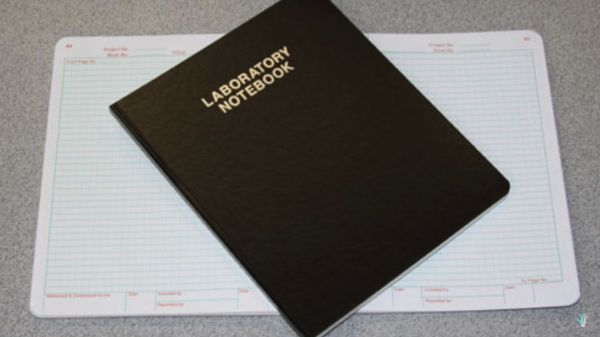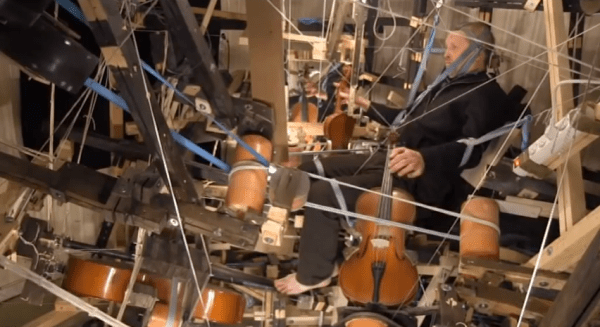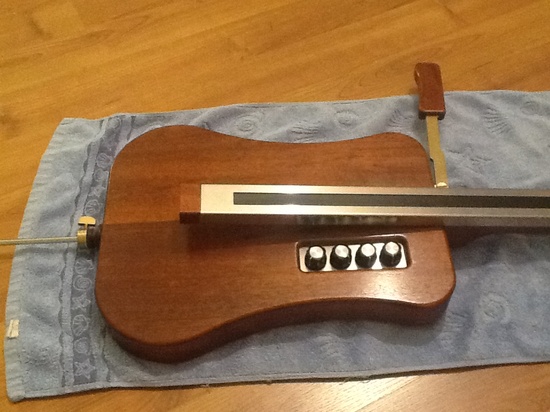For one reason or another, electronic synthesizing musical instruments are mostly based around the keyboard. Sure, you’ve got the theremin and other oddities, but VCAs and VCFs are mostly the domain of keyboard-style instruments, and have been for decades. That’s a shame, because the user interface of an instrument has a great deal to do with the repertoire of that instrument. Case in point: [jaromir]’s entry for the Hackaday Prize. It’s an electronic analog synth, in cello form. There’s no reason something like this couldn’t have been built in the 60s, and we’re shocked it wasn’t.
Instead of an electrified cello with a piezo on the bridge or some sort of magnetic pickup, this cello is a purely electronic instrument. The fingerboard is metal, and the strings are made of kanthal wire, the same wire that goes into wire-wound resistors. As a note is fingered, the length of the string is ‘measured’ as a value of resistance and used to control an oscillator. Yes, it’s weird, but we’re wondering why we haven’t seen anything like this before.
How does this cello sound? Remarkably like a cello. [jaromir] admits there are a few problems with the build — the fingerboard is too wide, and the fingerboard should probably be curved. That’s really an issue with the cellist, not the instrument itself, though. Seeing as how [jaromir] has never even held a cello, we’re calling this one a success. You can check out a video of this instrument playing Cello Suite No. 1 below. It actually does sound good, and there’s a lot of promise here.

















